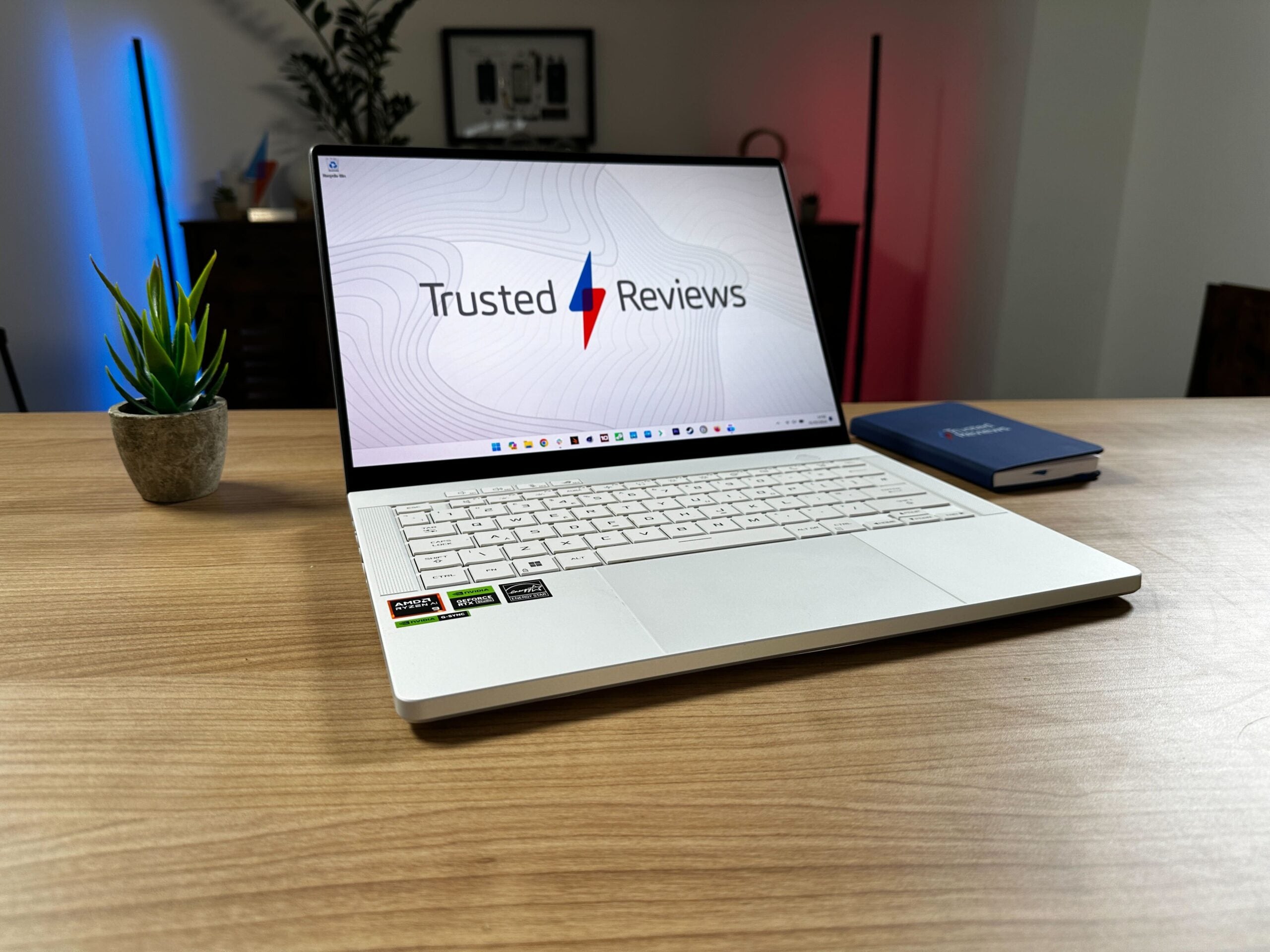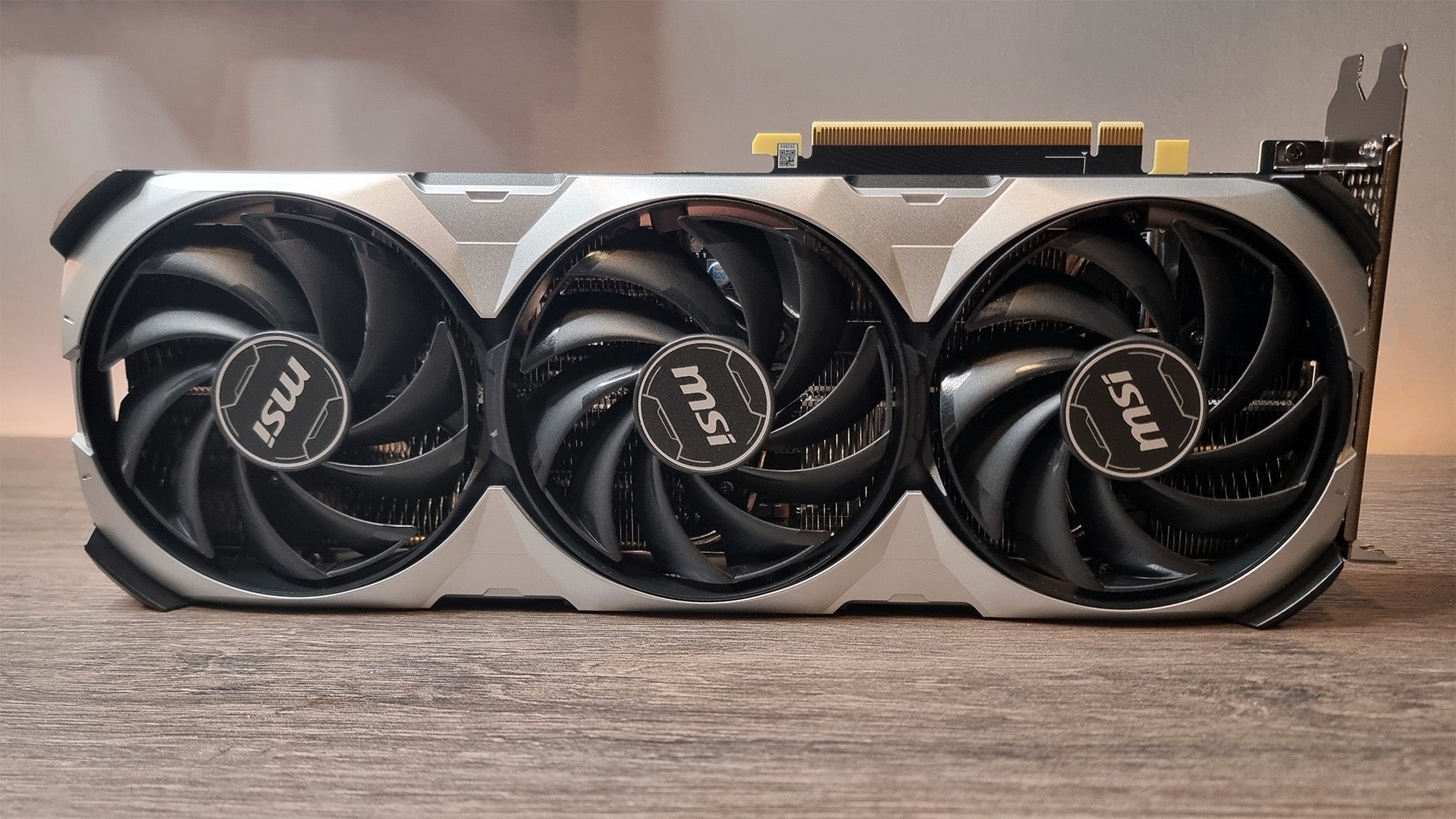Steam Deck: Everything you need to know
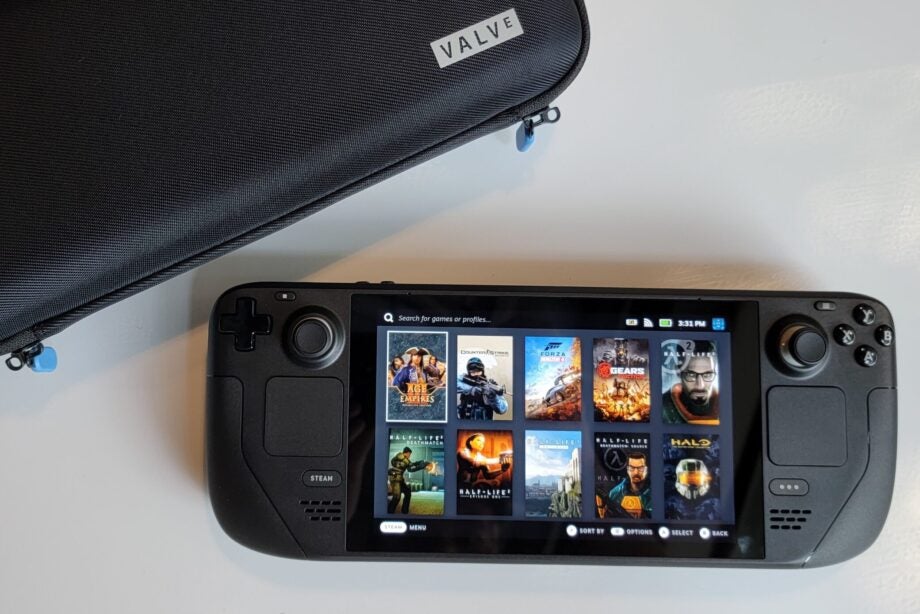
The Steam Deck is an upcoming portable game system that’s capable of playing PC games on the go, packing more power than a Nintendo Switch and more portability than any gaming laptop.
Valve has confirmed that the Steam Deck will launch in February 2022, and so is only a few weeks away from release. It will be able to play almost every AAA game in the Steam Library thanks to AMD chip, while also supporting high-end features such as ray tracing and AMD FSR.
Keep reading to get the low down on everything Steam Deck related, including the release date, price, performance and more. And make sure to keep this page bookmarked, as we’ll be keeping you in the loop on all future updates.
Release date
Valve has confirmed that the Steam Deck will launch on 25 February, with the first batch of shipments going out just three days later on 28 February.
Anyone who has already pre-ordered the Deck will be notified on the launch day and given 72 hours to make the purchase. If you do not reply in time, your reserved unit will be released to the next person in the queue, so you will need to act fast.
And if you haven’t pre-ordered, you’ll now need to wait until Q2 2022 for more units to become available. Fortunately, you can add the Steam Deck to your wish list to be notified when it’s available for general purchase.
The Steam Deck was originally supposed to launch in December 2021, but delays and the ongoing chip shortage meant that it was too difficult for tech firms to get devices to market, Valve included.
Price
The Steam Deck comes in three different configurations. The starting price is £349/$399 with 64GB of eMMC storage and a bundled carrying case. The second configuration costs £459/$529 with 256GB, as well as a jump in speed thanks to an NVMe SSD.
And finally, the last and most expensive configuration sits at £569/$649 with 512GB NVMe SSD, premium anti-glare etched glass for the screen, as well as an exclusive virtual keyboard theme.
Specs
| CPU | AMD Zen 2 (4-core, 8-thread @ 2.4GHZ – 3.5Ghz) |
| GPU | RDNA 2 (8 compute units @ 1GHz – 1.6GHz) |
| RAM | 16GB LPDDR5 |
| Storage | 64GB eMMC / 256GB NVMe SSD / 512GB NVMe SSD (microSD expansion) |
| Display | 7-inch, 1280×800 (16:10), 60Hz LCD touchscreen |
| Battery | 40WHr battery: “2-8 hours of gameplay” depending on title |
| Video output (docked) | Up to 4K @ 120Hz / 8K @ 60Hz |
| Connectiivity | 2.4GHz / 5GHz Wi-Fi and Bluetooth 5.0 |
| Weight | 669 grams |
Performance and software
The Steam Deck is packing some impressive specs for a portable, with an AMD chip featuring both a Zen 2 CPU and an RDNA 2 iGPU. Add in the 16GB memory, and the Steam Deck packs far more power than the likes of the Nintendo Switch.
The RDNA 2 GPU should also allow the Deck to support high-end features, such as ray tracing, alongside the ability to play almost every game in the Steam Library, albeit with dialled back graphics for more demanding titles.
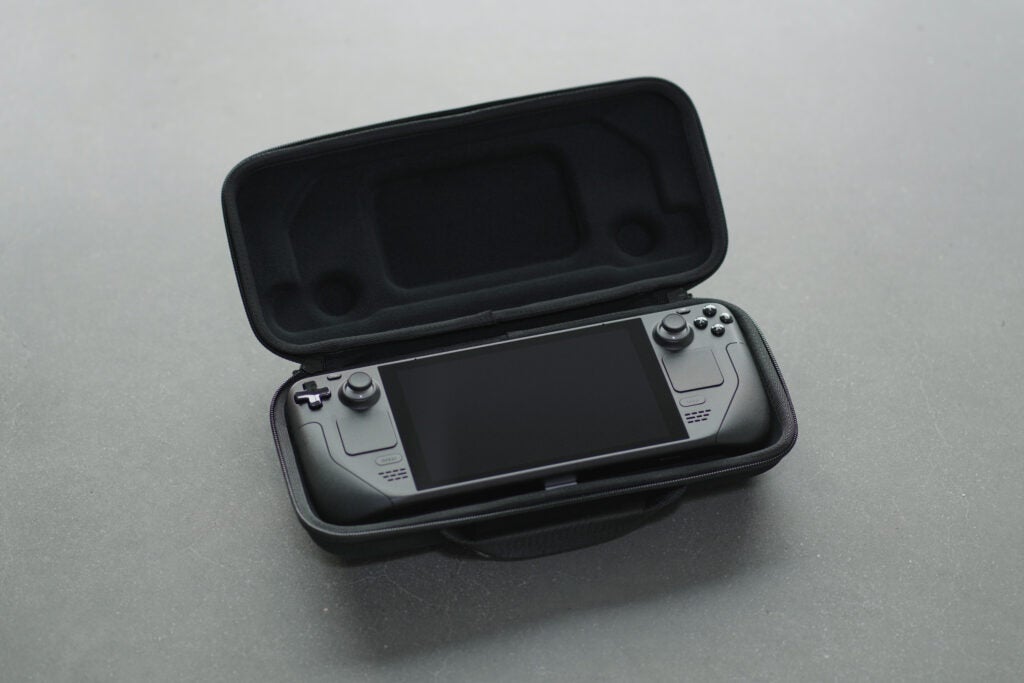
The Steam Deck developer kits have been out in the wild for a while now, with reports from a user in China (via PCGamer) claiming that they were able to reach a consistent frame rate of 30fps on Tomb Raider on the Highest and High presets, and boost it up to 60fps after lowering the graphics settings further.
While it’s important to note that we can’t take these stats as gospel, since the dev kits won’t be fully representative of the final product, this does give us a potential insight into the overall performance. We will ensure to do our own testing to fully understand what the Steam Deck is capable of, but we can use the testers report to give us an idea of what to expect.
The table below shows off what the tester managed to achieve with the dev Steam Deck.
| Game | Settings | Average frame rate |
| Shadow of the Tomb Raider | Highest / Custom | 30fps / 60fps |
| Doom | Custom / Medium | 46fps / 60fps |
| CyberPunk 2077 | High | 20-30fps |
| DOTA 2 | Highest / Low | 47fps / 80fps |
Valve has also confirmed that the Steam Deck will have AMD’s FSR technology baked into SteamOS, which apparently means you’ll be able to boost the frame rate performance for any game thanks to spatial upscaling. This could potentially impact the level of detail on in-game objects, but that’s a decent compromise to get demanding games running smoothly on the portable.
Another handy feature of the Steam Deck is its capability to output to an external display via the USB-C port, with results up to 4K at 120Hz, or 8K at 60Hz. However, you might want to get too excited about playing the next big title in 8K, as this portable console isn’t powerful enough to handle such resolutions with more demanding titles.
But the potential for the Steam Deck to work in tandem with an eGPU further down the line is still exciting, and we’ll be keeping our eyes peeled on that one.
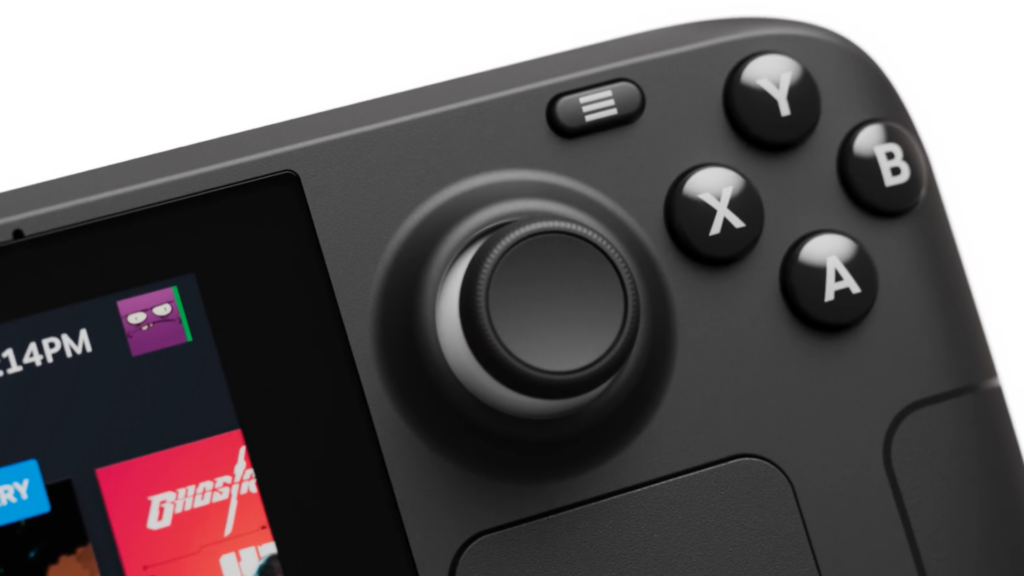
The Steam Deck also has Bluetooth connectivity, so you’ll be able to hook up any supported wireless headsets or earbuds, or even a PlayStation or Xbox controller.
Valve has also confirmed that the Steam Deck will use a new version of the SteamOS software, which includes features such as Steam Chat, Cloud Saves (so you can pick up where you left off on PC) and, of course, the Steam store. Remote Play functionality will also allow you to stream games from your home PC, which means it’s possible to play AAA games with maximum graphics settings as long as your Wi-Fi network can handle it.
Games
Valve has been working through the entirety of the Steam catalogue to see which games work best with the console. In theory, the Steam Deck will be able to run every game in the catalogue, though some games will inevitably run smoother than others.
There are currently four ratings available for games: Verified, Playable, Unsupported and Unknown. You can see which games are rated on Steam DB, though you will need to be logged into a Steam account to view the list.
Some games that have already been Verified include Cuphead, Dark Souls II, Dark Souls III, Dishonoured and Mad Max, among others. In the Playable section, there are titles like Rise of the Tomb Raider and Subnautica, though we’re sure that more games will crop up the closer we get to the release date.
Design and screen
The Steam Deck has a very specific design; at first glance, it looks very similar to the Nintendo Switch, but a closer look shows a bulkier and more hefty device.
In terms of size, the Steam Deck is a lot bigger than the original Switch, though its 7-inch screen does match the Switch OLED‘s display.
But with bigger controls and a lot more weight, coming in at 669g compared to the Switch’s dainty 297g, Valve’s handheld doesn’t seem to sport the same level of portability and seems like it would be much harder to fit inside a small bag.
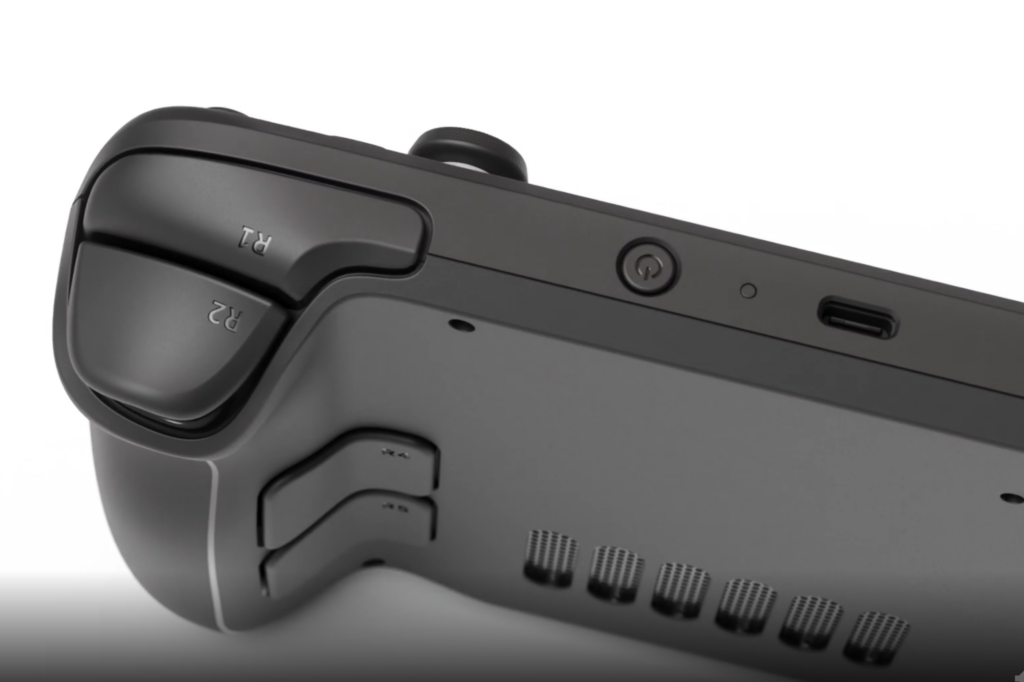
There are also a lot more buttons here; two analogue sticks are in the top-hand corners, alongside two trackpads that aim at simulating the input of a mouse.
The standard shoulder bumpers and triggers can be found up top, but there are also some grip buttons at the back that can be assigned with custom input. This is very similar to the Xbox Elite Controller 2.
The handheld devices sports both a USB-C port (for charging and display output) and a 3.5mm jack for wired headphones.
The latest handheld PC has a 7-inch LCD touchscreen display, which is a slight disappointment, as the Switch OLED panel will likely offer up a superior contrast and picture quality.
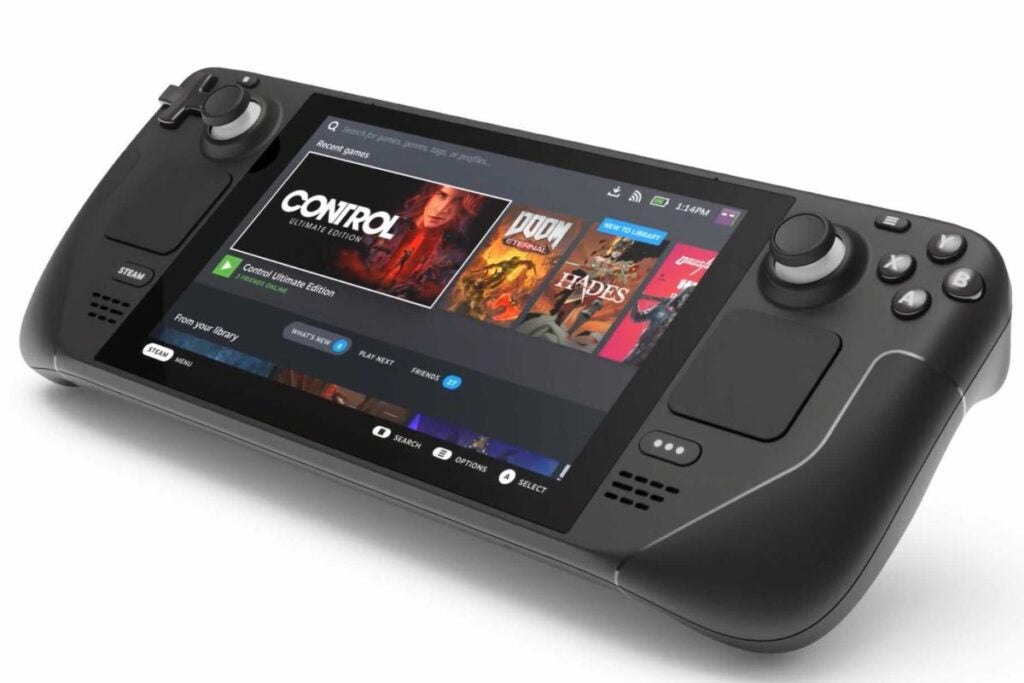
The Deck is also capped to an 800p resolution, missing out on Full HD in portable mode. However, boosting the screen resolution would likely take a toll on the battery life, and considering the smaller screen size, it’s not as important that it reaches such a high pixel count.
The refresh rate here is capped at 60Hz, which is again a bit disappointing for anyone wanting to play competitively, or get the full experience of some bigger titles. However, as with the pixel resolution, it makes sense in terms of battery.
The Trusted Take
The Steam Deck looks like an incredible portable, taking the Switch OLED out with its beefier specs and almost an endless game library.
However, it is a very expensive device, with the most expensive model coming in at a steeper price than both the next-gen PS5 and Xbox Series X, and the least expensive version offering pitiful onboard storage. It is also quite a lot heavier than the Switch, adding doubt to its portability prowess.
But the idea and potential here is still very impressive, with features like ray tracing being supported, as well as an incredibly high display output when docked. We just need more games to come in as Verified to make the Steam Deck really worthwhile.


